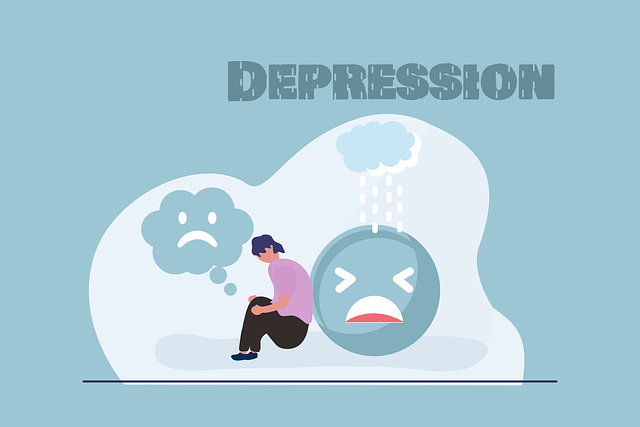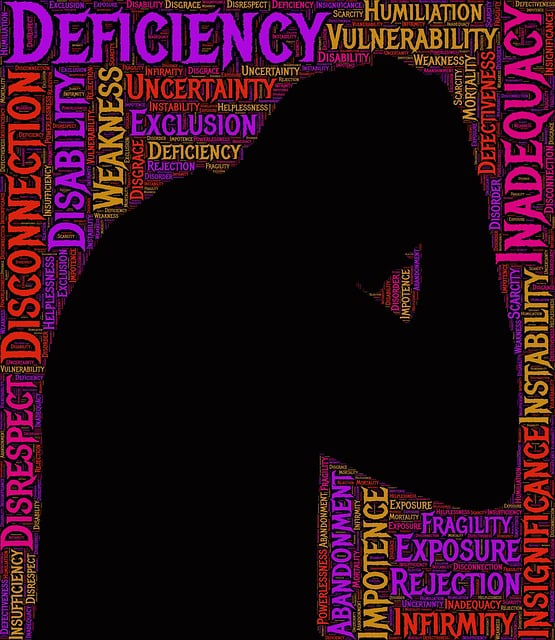For effective marketing of mental wellness apps, understanding target audience is key. App developers should focus on users aged 18-40, seeking stress and trauma resolution through mind-body practices like Parker Somatic Experiencing (PSE) Therapy. Tailoring interventions like guided meditations and emotional tracking tools to their needs fosters engagement and improves mental health outcomes. This strategy, combined with promoting innovative techniques and showcasing successful user experiences, ensures the app resonates with its desired demographic.
In today’s digital age, mental wellness apps are transforming lives. To thrive in this competitive market, developers must master a strategic marketing approach. This article guides you through an effective strategy development process for your mental wellness app using proven methods like Parker Somatic Experiencing (PSE) therapy. By understanding your target audience—their demographics, psychographics, and common mental health struggles—you can tailor content for trauma-informed care. We’ll explore engaging content strategies, leveraging social media and partnerships, and defining key performance indicators (KPIs) to ensure success and continuous optimization.
- Understanding Your Target Audience: A Parker Somatic Experiencing Therapy (PSE) Lens
- – Define the demographic and psychographic profile of your target users
- – Identify common mental health struggles and preferences among potential users
Understanding Your Target Audience: A Parker Somatic Experiencing Therapy (PSE) Lens

Understanding your target audience is a cornerstone of any successful marketing strategy, especially for mental wellness apps that aim to make a meaningful impact on users’ lives. Incorporating the lens of Parker Somatic Experiencing (PSE) Therapy offers a unique perspective to tailor services effectively. PSE focuses on resolving trauma and stress responses, emphasizing the mind-body connection and emotional regulation. By recognizing that many individuals seeking mental health support have experienced past traumas or struggle with self-esteem issues, app developers can design targeted interventions.
This approach encourages users to explore and process their emotions in a safe digital environment. Incorporating features like guided meditations, mindfulness exercises, and tools for tracking emotional states can help users develop self-regulation skills, boost self-esteem, and ultimately improve overall mental health. Understanding the nuances of your audience’s needs allows for the creation of engaging content and personalized experiences, fostering a deeper connection between the app and its users.
– Define the demographic and psychographic profile of your target users

Understanding your target audience is a crucial step in developing an effective marketing strategy for a mental wellness app. The ideal users for such apps are typically individuals aged 18-40, with a slight bias towards the younger demographic, as they are often more open to embracing technology for personal growth and mental health support. This group includes students, young professionals, and aspiring entrepreneurs who may be facing stress, anxiety, or other common mental health challenges associated with modern life.
Psychographically, these individuals value self-improvement, personal development, and leading a balanced lifestyle. They are likely to be interested in mindfulness practices, meditation, and alternative therapies like Parker Somatic Experiencing (SE) Therapy, which focuses on resolving trauma and enhancing overall well-being. Targeting users with an interest in building confidence, cultivating positive thinking, and engaging in self-care practices will ensure that the app’s marketing resonates with their needs and encourages them to adopt a more mindful and healthy mindset.
– Identify common mental health struggles and preferences among potential users

Understanding your target audience is key when developing a marketing strategy for a mental wellness app. Research shows that stress and anxiety are among the most prevalent mental health concerns globally, with many individuals seeking effective ways to manage these issues. By catering to this demand, mental wellness apps have gained immense popularity. Common struggles among potential users often include work-life balance, high-stress levels, and managing anxiety or depression.
To effectively market your app, consider incorporating techniques such as Somatic Experiencing Therapy, which focuses on the body’s physical responses to trauma. This unique approach can set your app apart from others. Additionally, promoting features like Mindfulness Meditation and Emotional Intelligence workshops within the app will appeal to users seeking holistic solutions for their mental wellness. Engaging with a diverse audience through user testimonials and case studies, especially highlighting the success of Stress Management Workshops Organization, can further attract potential users who prefer structured, community-driven programs.
In developing a marketing strategy for a mental wellness app, understanding your audience is key. By adopting a Parker Somatic Experiencing (PSE) therapy lens, you can effectively target users seeking holistic mental health solutions. This involves recognizing the diverse demographics and unique psychographic needs of potential users, while also addressing their common struggles. Through this tailored approach, your app marketing can resonate with those in need, offering much-needed support and a competitive edge in the digital wellness space.










